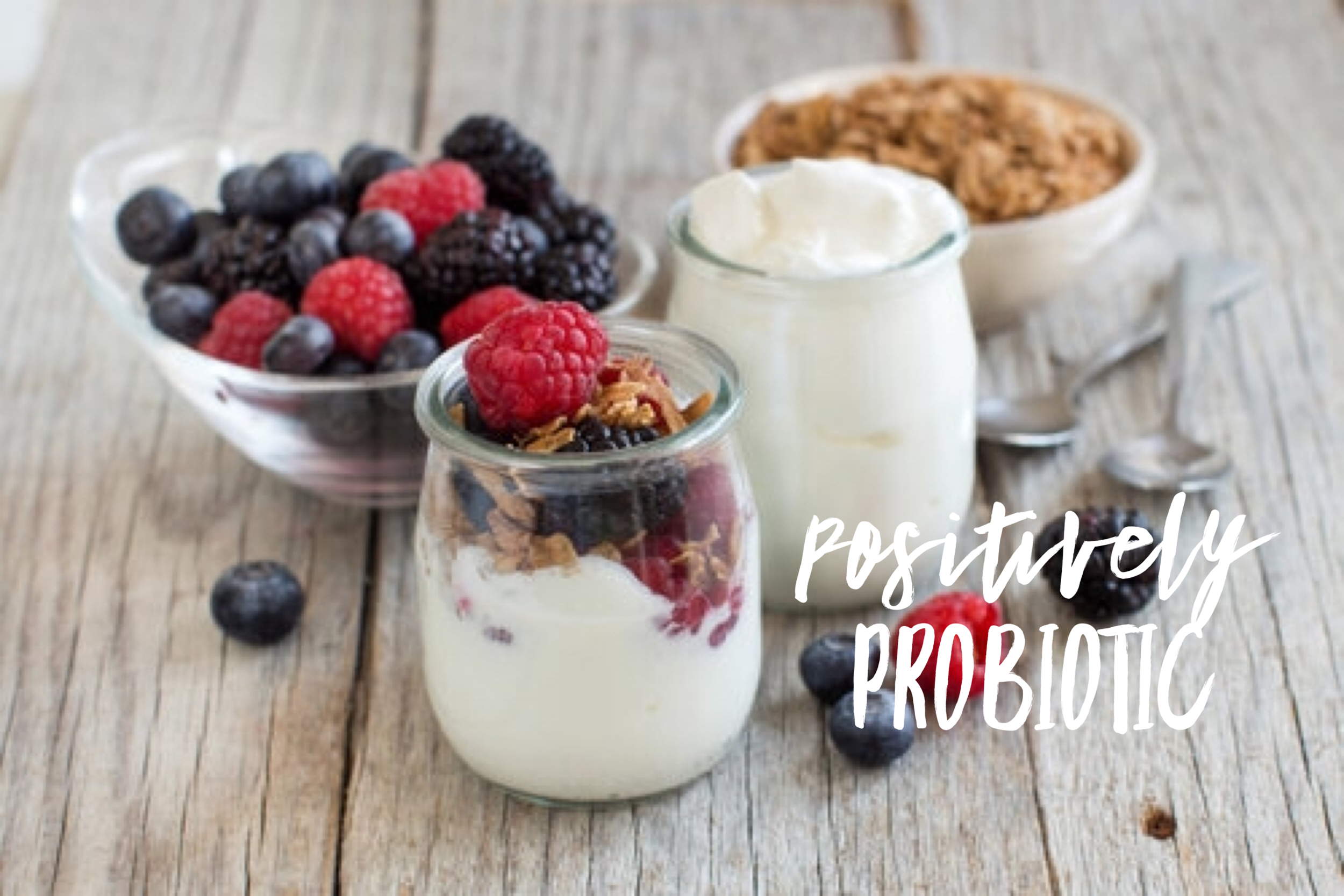Thicker Yogurt Batches: Low Temps and Small Amounts of Culture
The premise of this method is that using a very small amount of culture and letting the milk slowly incubate at lower temperatures will result in thicker, creamier batches of yogurt with substantially more flavor nuances. I learned this method from Sarah B., who does it with a sous vide. I don’t have one of those, so I do mine in the Instant Pot. I should get a sous vide one of these days. Everyone who has them seems to love them!
This method also works with mesophilic yogurts, though of course you don’t need a heat source at that point.
This is the only way I do my yogurts now, and even do my sour creams this way. When I make cultured butters, I use about half a teaspoon of culture per quart of cream. and the sour cream is really lovely before it turns into butter, too!
Denaturing the Milk
Heat your milk the normal way, or use Ultra-High Pasteurized (UHT) milk without heating it first per the cold start method. If you are not using UHT milk, you will heat to 180F/82C, then cool to the relevant temperature below.
Thermophils
If your yogurt needs to be heated to culture, you will culture this at around 90F/32C. This corresponds to the low setting on the IP or can happen in the sous vide. If you are using the oven or cooler method, you should cool your milk to your incubation temperature rather than to room temperature.
Add 1/4 to 1/2 teaspoon (1.25-2.5mL) of your starter culture to your milk. Incubate as usual. If you’re worried, go on ahead and do a full teaspoon (5mL) to begin with. Incubate on the low setting for IP or set your sous vide to around 90F/32C.
Mephophils
Cool your milk to room temperature. Add 1/4 to 1/2 teaspoon (1.25-2.5mL) of your starter culture to your milk. Incubate as usual.
Notes
This is only for use with fully activated cultures. This is not an alternative method for activating the culture.
Some yogurts will need a second try with this method before it smooths out. In general, though, this makes your cultures much thicker right out of the gate.
Over time, your culture will become even more potent than it was to begin with, and you’ll find that in most case, your incubation times will shorten. Most of my thermophils culture beautifully this way in 8 hours. Some will still want 12. My mesophils sometimes will still take longer, but not usually.
Expect that over time, you’re going to meet a new yogurt with this method. The slower incubation period allows the flavors to really develop, and your yogurt will be much more complex in its flavor profile.
I’ve never needed to strain a yogurt with this method, but you still may do so.


